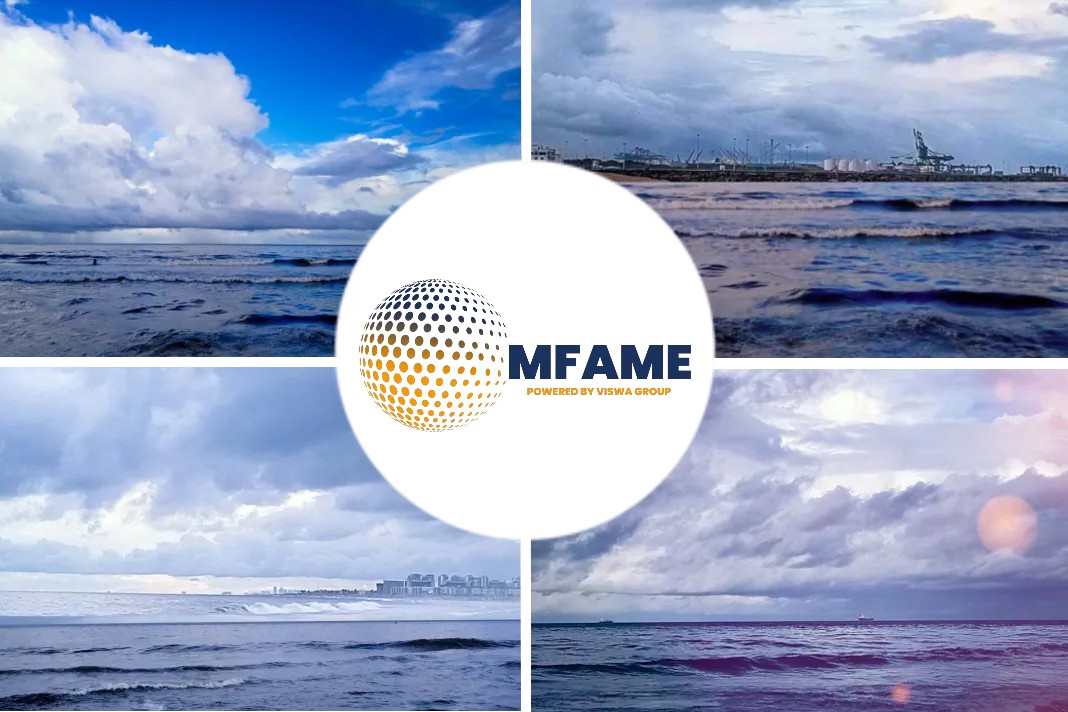A year ago, capacity on order was under 10% of the existing fleet. That has now doubled and new orders coming through from carriers and owners are pushing towards a ‘psychological barrier’, after which overcapacity becomes a risk again, reports Lloyd’s Loading List.
Boxship orderbook to rise
The containership orderbook could rise as high as 24% of the existing fleet if a spate of unconfirmed orders go to completion, threatening an ‘overheated’ market and eventual oversupply.
“Ocean carriers, non-operating owners, investment banks and lessors have gone all-in on container ship newbuildings in the first half of this year, signing well over 300 vessel orders at Chinese, Korean and Japanese yards,” said Alphaliner.
Aggregate capacity
The tonnage on order would have an aggregate capacity of 2.9m teu, or 11.8% of the existing total boxship fleet capacity of 24.5m teu.
But when combined with orders that started again in earnest in the second half of last year, the full orderbook is now 4.9m teu, with the orderbook-to-fleet ratio doubling to 19.9% at the end of June, from 9.4% a year ago.
There was also a “grey zone” of reported but unconfirmed orders that could push up numbers, and further confirmed orders have emerged in the weeks since the end of the first half, Alphaliner noted.
Looking for more tonnage
Ocean Network Express is understood to be among those looking for more tonnage with an order for six 24,000 teu vessels. South Korea’s TS Lines has also ordered four 7,000 teu units in the past week.
Yang Ming, which this week denied that it had returned to the yards, remains another candidate for new orders, along with Cosco, Alphaliner said.
“In short, today’s 19.9% orderbook to fleet ratio is expected to keep creeping up for a few more months as further newbuilding orders are placed, and as recent orders from the ‘grey zone’ are successively disclosed or otherwise confirmed,” the analyst said.
“Assuming that the aforementioned rumoured orders of ONE, Cosco/OOCL, Maersk and Yang Ming all go ahead, and assuming a few more top-up orders from other owners, the container ship orderbook might easily grow by another 1m teu slots to reach 6m teu.”
That would push the orderbook-to-fleet ratio to around 24%.
Alphaliner’s forecast
Alphaliner expects that carriers and owners will eventually “show some level of restraint” when the orderbook hits the psychological barrier of 25%.
“Anything much higher than this could once again see the market move toward a chronic oversupply situation in the long run,” it said.
Increasing steel prices
But increasing steel prices and strong demand for ships could soon act as a limiting factor on further orders.
Price of newbuilding tonnage
The price of newbuilding tonnage had already risen by 15% in the past six months, adding a further $20m to the cost of an ultra-large containership.
Freight rate boom
While cash-rich carriers benefiting from the freight rate boom have not yet balked at prices, Alphaliner noted that many have been taking options at pre-existing prices.
It pointed out that the additional six 23,000 teu LNG-fuelled vessels Hapag-Lloyd ordered in June for $165m apiece on the back of an earlier order would, without prior commitments, cost more than $190m if ordered now.
It’s Free! Click here to Subscribe!
Source: Lloyd’s Loading List























